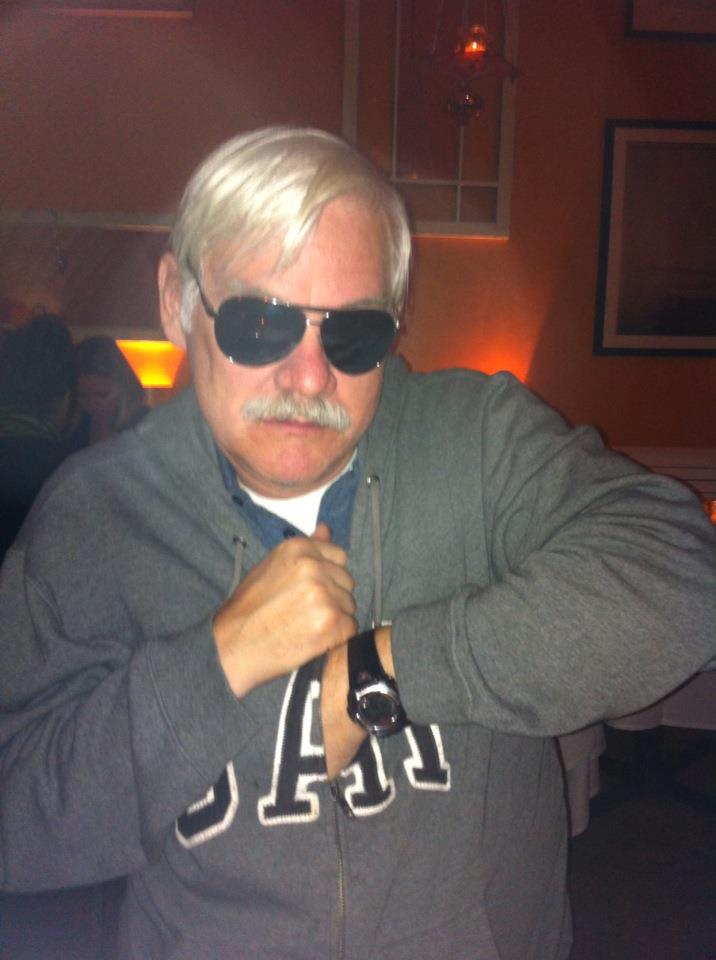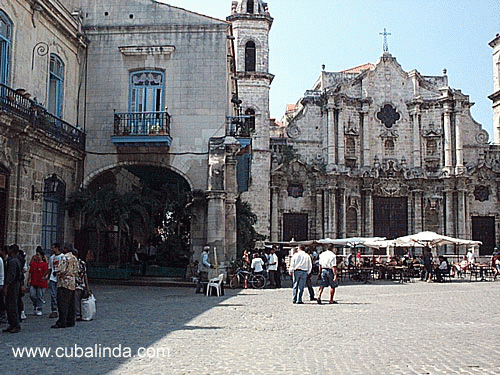Chapter Five: The Backdrop of the Revolution
The story of the Cuban revolution has many roots and not all of them are in Cuba. The Caribbean was the first area of the new world to be dominated by the European powers. It is then, not surprising that the first successful slave revolt occurred in what we now call Haiti. Even during the first decades of European rule, the Carib and other natives from that island were not the docile, simple tribes found on most of the other islands, including Cuba. They resisted the imposition of slavery and many French landowners and their slaves were forced across the Windward Passage to Cuba in 1791, when Toussaint L'Ouverture led the slave revolt in Haiti.
The history of independence in Latin America is very distinct from that of the United States. While the US broke free and stayed free from its European imperial masters, the same can't be said for the countries to her south. The heroic battles, the famous declarations of great freedom fighters, and the epic marches towards freedom were told and retold by the indigenous people across the lands and across the years. Their stories proved sturdy foundations for future aspirants to similar goals. One such incident occurred on Holy Thursday, March 26, 1812, when Simon Bolivar had just retaken Caracas from the Spaniards. A major earthquake of 7.0 struck the region killing an estimated 20,000 people. This prompted Bolivar to proclaim, "If Nature opposes our designs, then we shall fight against her and make her obey."
Another major difference was in the treatment of the slaves in the US and those in Latin American countries. While those who emigrated from England forced their slaves to give up all previous cultures, the Spaniards allowed them to continue their religious activities. In fact, Spanish Catholicism held that Africans and American Indians had souls, and worked them in their Missions as brutally as slaves, but with the promise of attaining Heaven if they adopted Catholicism. This parallel total exploitation of labor in Spanish colonies and in the Deep South in America resulted in combined African-American and American-Indian militancy from Toussaint's time through the American Civil War.
But in the early 1800s, England abolished the trafficking of slavery from Africa and many landowners, fearing they'd be forced to give up theirs, actively looked north to the Southern States of the US with the idea of possibly becoming part of the US. When the first war of cessation from Spain in 1868 began, the Ten Year's War, there were still many annexationists who looked merely to change masters. This then, became one of the major elements that went into the final design of the flag that now waves over all of Cuba with its lone star set into a triangle, a copy of the Texan flag design.
One of the greatest outcomes from that first war was the emergence of José Martí who was but 15 when the war broke out in 1868. Though imprisoned for a while, by age 16 he had written El Presidio Público en Cuba (The Political Prisoner in Cuba), and by age 20, La Republica Española ante la Revolución Cubana, (The Spanish Republic's Response to the Cuban Revolution). Both works spoke passionately about the abuses and mistreatments of the Spanish government in Cuba, and the need for cessation. Through the years leading up to the second Cuban revolution, he became famous across the island as a great patriot and unifier.
Even though his military armament was confiscated in the US just days before the crucial start of the second war, Marti pressed on. With little money and few arms, he gathered the cream of the Cuban military crop. However, Martí had no military experience, so when the fighting started, he was told to stay behind and not interfere. His general-in-chief, a Dominican named Máximo Gómez, knew better than to allow the one who could unify the country become just another casualty statistic. But by May, 1895, Martí's desire to actively enter the battle raging all around him was too great and he mounted his steed, ready and eager to fight the Spaniards. He was killed almost instantly. In his last letter, written to Manuel Mercado, but never finished, Marti spoke of the danger of defeating the Spaniards only to find themselves with a new master from the north.
Though he probably never read the works of Marx, José Martí's instinct and beliefs were very similar. He dedicated his life and eventually his death to only one purpose, to make Cuba a free nation. His writings about the Sermon on the Mount and other Biblical references showed how religious he really was. Fidel Castro, while accepting the importance of these stories, didn't value Christianity in the same way. Fidel's Christian faith was narrowed to the socialist aspects of Christianity and not the religion itself.
It was through his deep understanding of the fundamental roots established by Martí, as well as the Socialist teachings of Marx and Lenin, that led Castro through his struggle for a Cuba free from the Western tyranny that had choked it for far too long.






